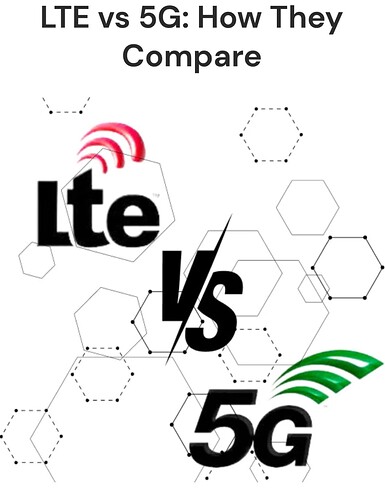As wireless networks evolve, understanding the physical layer (PHY) differences between LTE and 5G New Radio (NR) is essential for engineers and tech enthusiasts alike.
Here are some key distinctions:
-
Waveform and Access:
• LTE uses OFDMA (DL) and SC-FDMA (UL).
• 5G NR uses OFDMA in both uplink and downlink, with optional DFT-s-OFDM for UL (mainly for low PAPR use cases). -
Subcarrier Spacing:
• LTE uses a fixed 15 kHz subcarrier spacing.
• 5G NR introduces scalable numerology: 15, 30, 60, 120, 240 kHz — supporting low to mmWave bands and low-latency use cases. -
Frame Structure:
• LTE has a rigid frame structure: 10 ms frame, 1 ms subframe.
• 5G NR is more flexible: same 10 ms frame but subframe and slot durations scale with numerology. -
Channel Coding:
• LTE uses Turbo coding for data and tail-biting convolutional codes for control.
• 5G NR uses LDPC for data and Polar codes for control — enabling higher throughput and better error correction. -
Massive MIMO & Beamforming:
• LTE supports MIMO but with limited spatial flexibility.
• 5G NR is built for Massive MIMO and advanced beamforming, enabling precise spatial multiplexing and extended coverage. -
Carrier Bandwidth:
• LTE supports up to 20 MHz per carrier.
• 5G NR supports up to 100 MHz (sub-6 GHz) and up to 400 MHz (mmWave), enabling gigabit speeds.
In essence, 5G NR is designed for flexibility, scalability, and efficiency, addressing a wide variety of use cases — from IoT and enhanced mobile broadband to ultra-reliable low-latency communication (URLLC).
LinkedIn: ![]()
